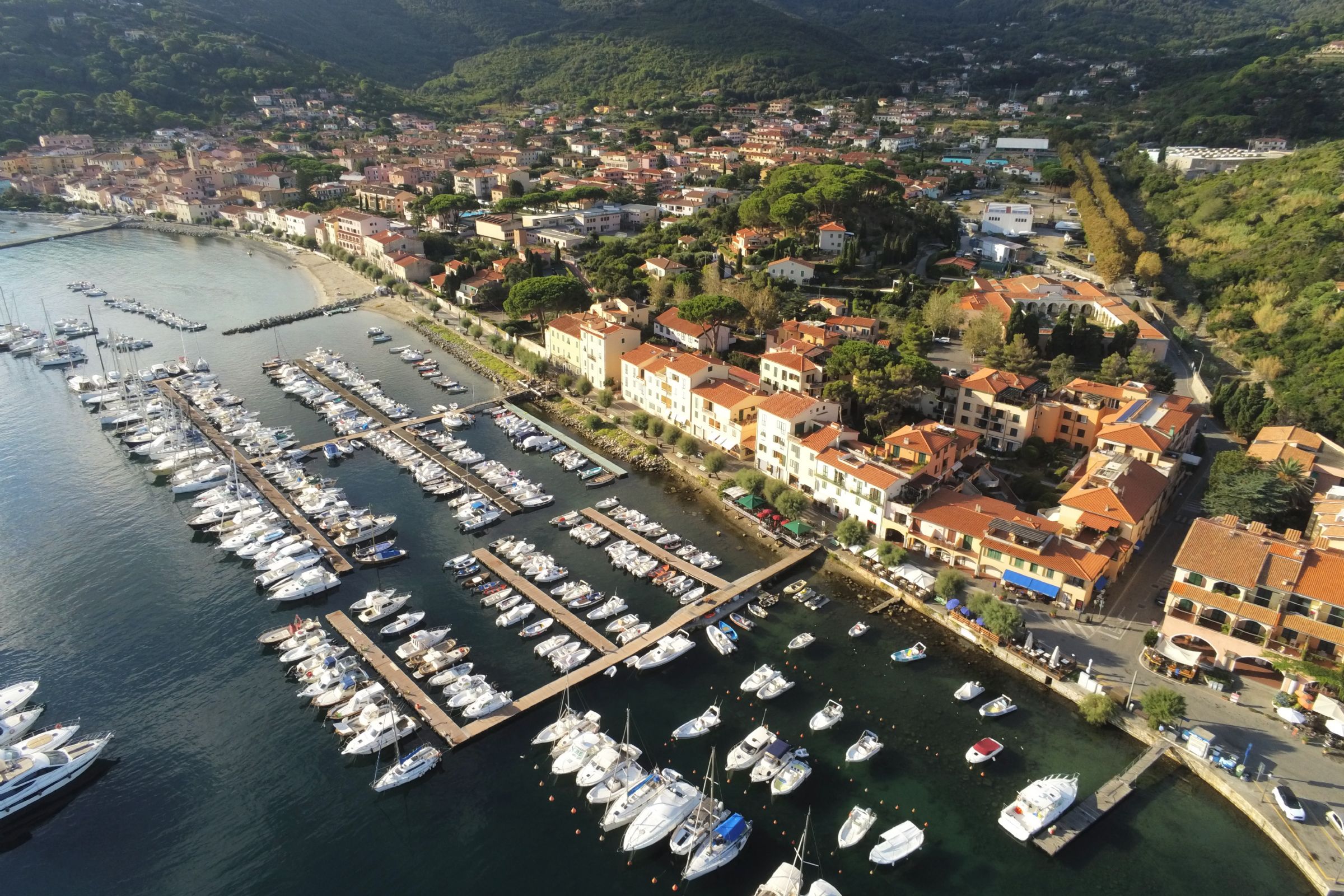Ville Napoleon
Villa dei Mulini
Across the entrance to the villa, built on a high cliff of Portoferraio, on the views of the beach, you get the impression that time has stopped in that distant 1814, when Napoleon Bonaparte was sent into exile on Elba. There is no room that still retains traces of the passage of the emperor. The wardrobe is kept Elban that the flag was raised on Falcone strong signal to the new sovereign's time to put down on a piece of furniture is supported and a sword on another key consegnatagli on the wharf. Nell 'hall is hung a print that shows the House of Mills in 1796 and clarifies the origin of the name: it was between two mills that were demolished in 1808. The original building was built for the will of Gian Gastone de 'Medici in 1724.
In library are shown for more than a thousand books on Napoleon, including the works of Cervantes, La Fontaine, Voltaire, Rousseau and Plutarch. The lounge is furnished with Louis-Philippe and the Second Empire brought by Bonaparte when, back in Paris, gave the house to the Municipality so that they do a museum. In the hall of the officers are a number of prints reign of ten months, following the private cabinet of Napoleon.
On the first floor the most beautiful is the great hall of the festivities, where he held the official ceremonies. The three rooms were next to Pauline.
The villa is surrounded by a garden where you can enjoy a magnificent view over the sea, which explains well why Napoleon chose it as his residence during the exile Elba. With a glance controlled the horizon and on days terse was visible to the Italian coast and the Channel of Piombino. No vessel could pass unnoticed.
To the right of the building were finally stables, now replaced by private homes.
Villa di San Martino
Nell'omonima valley is the residence of Napoleon, who loved to spend hours on the cooler ddella day. Later, the prince was Russian Anatolia Demidoff, supporters of Bonaparte and memorabilia collector's numbers, to take possession of the villa which was converted into a museum.
It houses books, jewelry, prints, paintings and objects d'art that belonged to Napoleon and his family, like the statue of Galatea, attributed to Canova and which laid Pauline, sister of Napoleon. Among the rooms you can visit the report deserves bath Paolina, the imperial library and especially the so-called Egyptian Hall for the subject of the frescoes of Ravelli, which evoked the glories of the Napoleonic campaign in Egypt.
